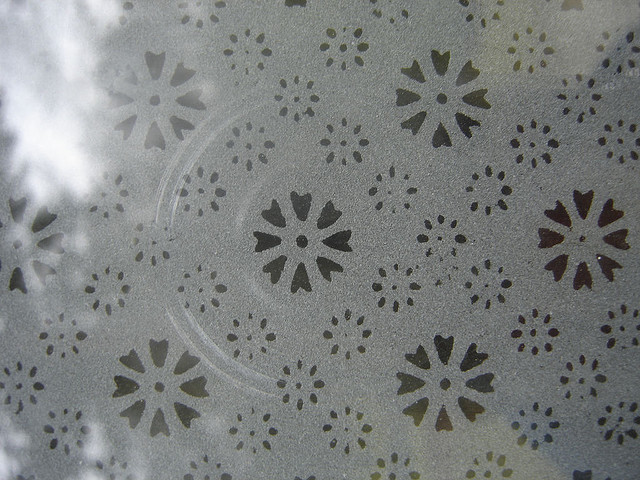Getting a view through the fog with scattered laser light
Ars Technica » Scientific Method 2012-12-05
A clear view of an object is quite often difficult to obtain. For instance, a frosted glass window provides near-perfect privacy while still allowing light into a room. Similarly, biological tissue is almost transparent—that is, it does not absorb much light—but we are most definitely opaque. This is due to scattering, which limits our ability to create images of things below the skin.
Creating images of objects that are otherwise obscured by scattering has become a major cottage industry recently. But despite all efforts, it has proven difficult to do. Friends of mine who did some of the pioneering work in this area always talked of using the "memory effect" to image. Yet, actual images were never forthcoming... Until now, that is.
Before we get to the meat of the physics, let's describe the experiment. An object made of fluorescent dye was placed behind a frosted glass window. To obtain an image, the researchers shine light through the window from many different angles. The light, when it happens to hit a fluorescent part of the material, creates a glow that is recorded—the frosted glass makes this a diffuse glow, rather than a sharp point. At each angle, they rock the light source back and forth just a small amount and record the intensity of the fluorescence as a function of angle.
Read 16 remaining paragraphs | Comments
